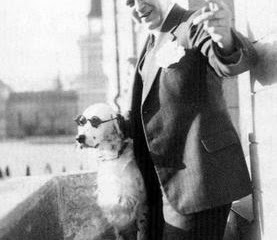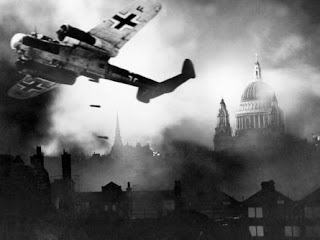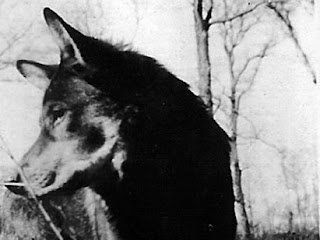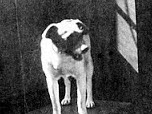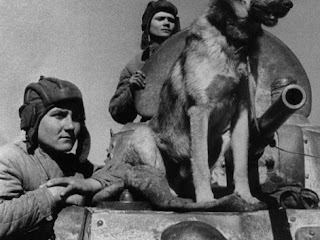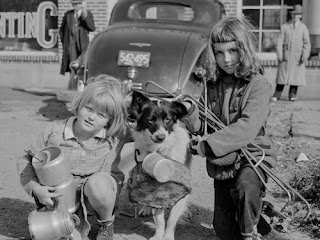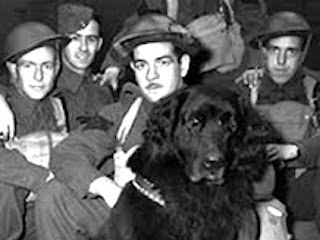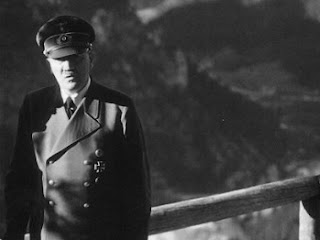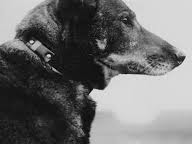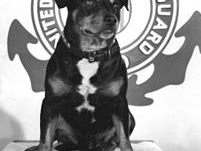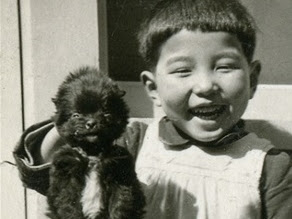Jackie, a part Dalmatian dog, made history in the early 1940s, shortly before the invasion of the Soviet Union, for causing a political incident between his owner, his owner's company and Nazi Germany.
 |
| Tor Borg, a Finnish businessman, and his dog Jackie |
Documents about the incident were discovered some 60 years after it happened. According to the documents, an anonymous source notified Nazi authorities of Tor Borg and his dog Jackie who would raise a single paw whenever he heard the name "Hitler" - imitating the Nazi salute.
Borg was interrogated by the Germans. He admitted that Jackie occasionally did this when his wife, a known anti-Nazi German, called him "Hitler" (a nickname she'd given him because of the way he raised his paw) but insisted that neither his family nor his dog had done anything "that could be seen as an insult against the German Reich". For three months, the Foreign Office investigated ways to bring Borg to trial, but no witnesses would come forward to allow charges to be pressed against him. Attempts were also made to economically sabotage his business - which is now a leading wholesale pharmaceutical company in Scandinavia. It is unclear whether Hitler had ever been aware or involved in the incident.
According to Klaus Hillenbrand (historian and journalist) on the absurdity of the Nazi effort regarding Jackie, "The dog affair tells us the Nazis were not only criminals and mass murderers, they were silly as hell. There are very few things you can laugh about because what they did was so monstrous. But there were two or three dozen people discussing the affair of the dog rather than preparing for the invasion of the Soviet Union. They were crazy."
Jackie died of natural causes and Borg died at the age of 60 in 1959.

